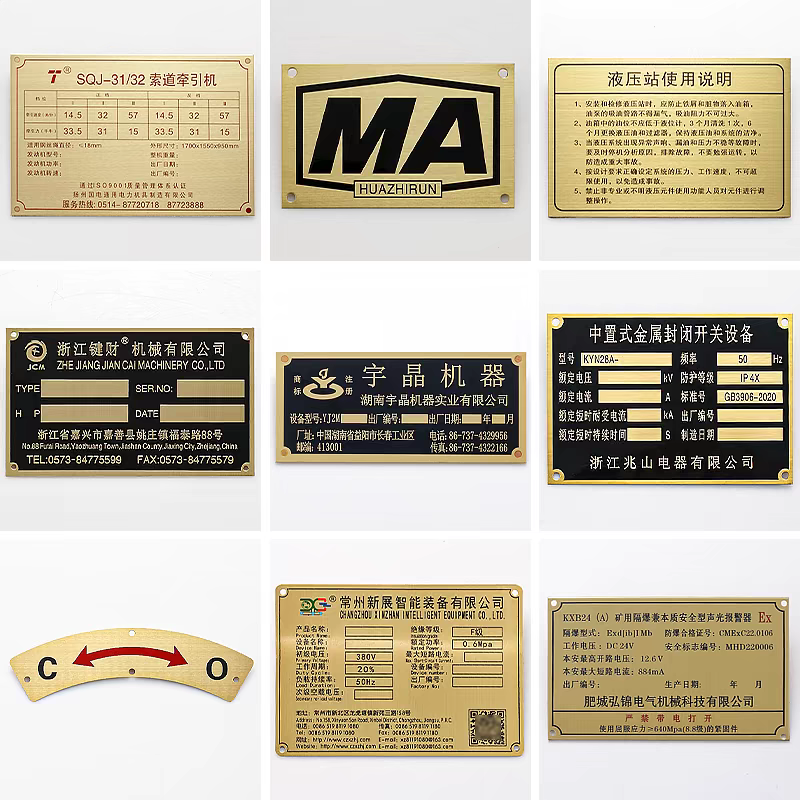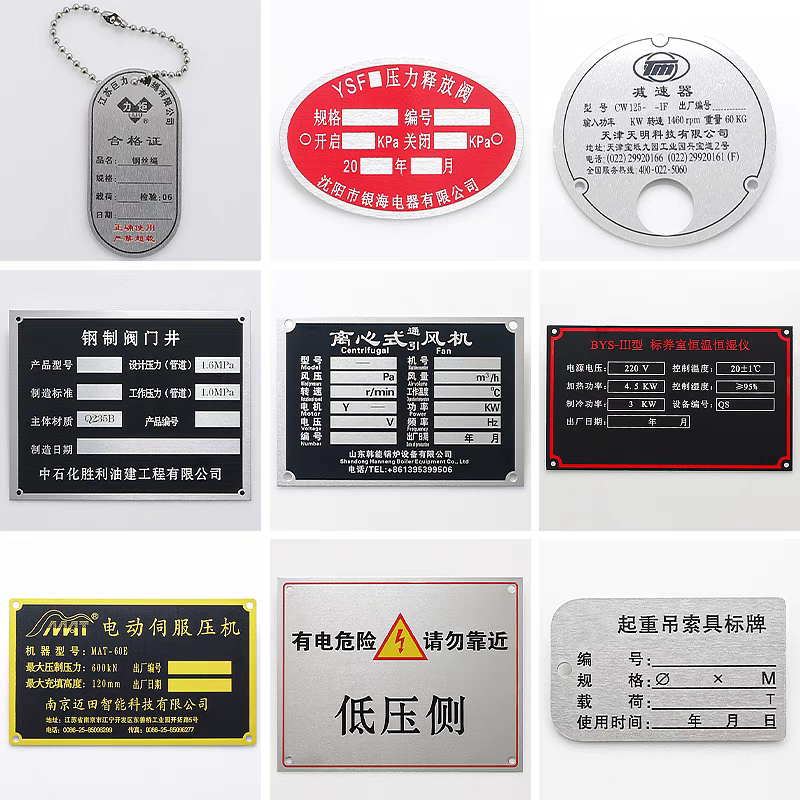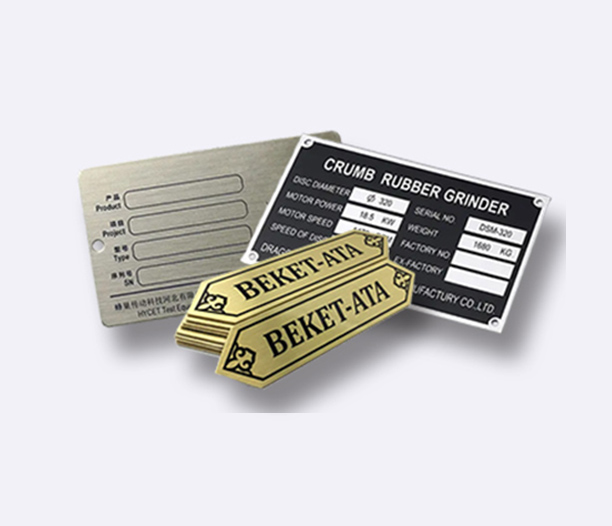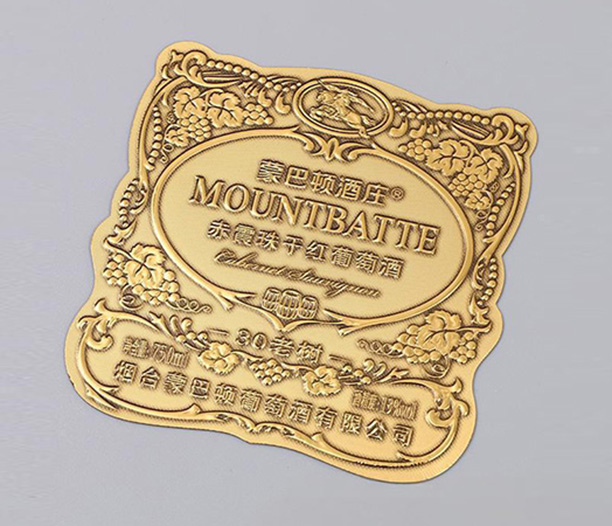According to the National Fire Protection Association (NFPA), a shocking 30% of fire extinguishers in service are not in good working condition. This represents a massive, preventable safety risk. A malfunctioning extinguisher during a fire emergency can lead to catastrophic outcomes – loss of life, devastating property damage, and significant legal repercussions. This stark reality underscores that fire extinguisher tag inspection is far more than just ticking a regulatory box; it's a fundamental pillar of life safety.
Regular fire extinguisher tag inspections are the proven method to ensure these critical first-response tools will function flawlessly when seconds count. Data from the National Association of Fire Equipment Distributors consistently shows that portable fire extinguishers are effective in extinguishing fires 95% of the time – but only if they are properly maintained and inspected. The fire extinguisher tag is the central record keeping tool that verifies this maintenance and readiness.

What is a Fire Extinguisher Tag Inspection?
A fire extinguisher tag inspection is a systematic process that goes beyond a simple glance at the extinguisher. It involves a thorough examination of both the physical unit and the critical information documented on its inspection tag. This dual focus ensures:
Physical Readiness: Confirming the extinguisher is undamaged, fully charged, accessible, and operationally sound.
Compliance Verification: Validating through the fire extinguisher tag that all required inspections (monthly, annual, 6-year, hydrostatic) have been performed on schedule by qualified personnel.
Historical Record: Providing an auditable trail of maintenance and service history directly attached to the unit.
Who Performs Fire Extinguisher Tag Inspections?
Responsibilities are tiered:
Monthly Visual Checks: Typically performed by knowledgeable building occupants, facility staff, or safety officers. This involves a quick physical check and a review of the fire extinguisher tag for the most recent professional service date. OSHA 1910.157(c)(4) mandates employers ensure extinguishers are maintained and accessible.
Professional Inspections (Annual, 6-Year, Hydrostatic): Must be conducted by licensed and certified fire safety technicians or maintenance contractors. They perform detailed internal/external checks, maintenance, testing, and crucially, update the fire extinguisher inspection tag with their findings, service date, certification number, and next due date.
The Critical Importance of Fire Extinguisher Tag Inspection
Regular fire extinguisher tag inspections deliver vital benefits:
Ensures Operational Reliability: The core purpose. Verifying through inspection and the tag record that the extinguisher will work instantly in an emergency, minimizing fire spread, injury, and death.
Guarantees Regulatory Compliance: Meets strict OSHA (1910.157(d)(1)) and NFPA 10 requirements. A missing, incomplete, or outdated fire extinguisher tag is a red flag for inspectors, potentially leading to significant fines and liability exposure.
Provides Safety Assurance: Knowing extinguishers are verified ready fosters a safer environment for employees, visitors, and residents, boosting confidence and well-being.
Maintains Accurate Records: The fire extinguisher tag is the primary, immediate historical record attached to the unit. It proves due diligence and simplifies audits.
Identifies Service Needs: Tags clearly indicate when the last service was done and when the next is due (annual, hydro, etc.), preventing overlooked maintenance.

Fire Extinguisher Tag Inspection Frequency: Beyond the Tag Check
While the fire extinguisher tag must be reviewed every time you look at the extinguisher, the inspections it records happen at specific intervals:
Monthly Inspections: (Conducted in-house) Focus on visual checks and fire extinguisher tag review. Verify:
Location: Designated spot, unobstructed, clearly marked.
Physical Condition: No dents, corrosion, leaks, damage to hose/nozzle.
Pressure Gauge: Needle in the green (except CO2 types).
Tamper Seal & Pin: Intact and secure.
TAG REVIEW: Is the tag present? Does it show a current annual inspection (within last 12 months)? Initial and date the back of the tag monthly.
Annual Maintenance Inspection: (Conducted by Certified Technician) A thorough examination including internal checks (for certain types), weighing, pressure verification, mechanical parts inspection, and replacement of seals/parts. The technician will update the fire extinguisher inspection tag: hole-punching the month/year, their ID/license, and marking it "Serviced". This is the most critical tag update.
Six-Year Maintenance (or 5-Year for CO2/Wet Chemical): (Conducted by Certified Technician) Requires emptying the extinguisher for detailed internal inspection of the cylinder and valve assembly. After passing, it's recharged, repressurized, and receives a new 6-year inspection collar/label. The status tag is updated.
Hydrostatic Testing: (Conducted by Certified Facility) Tests the cylinder strength every 5 or 12 years (depending on type). Upon passing, the test date and facility information are stamped on the extinguisher cylinder itself or recorded on the tag.
How to Perform a Monthly Fire Extinguisher Tag Inspection: A Step-by-Step Guide
This routine check combines physical assessment with fire extinguisher tag review:
Locate & Access: Ensure the extinguisher is in its designated, marked location, fully visible, and completely unobstructed (no boxes, furniture, doors blocking it).
Check Tamper Seal & Pull Pin: Visually confirm the tamper seal (usually a plastic loop) is unbroken and the pull pin is securely in place with its seal intact. A broken seal or missing pin indicates potential use or tampering – report immediately.
Examine Physical Condition: Look closely for:
Dents, cracks, rust, or corrosion on the cylinder, valve, or nozzle.
Leaks (powder residue, oily film, hissing sound).
Damage to the hose or horn (cracks, blockages, splits).
Condition of the carrying handle.
Check Pressure Gauge: Locate the gauge. The needle must be in the green zone. If it's in the red ("Overcharged" or "Recharge"), the unit needs professional service. (Note: CO2 extinguishers lack a gauge; check weight instead).
Verify Weight (Optional but Recommended): Lift the extinguisher. Does it feel approximately as heavy as expected? A significant loss of weight indicates agent loss – needs service.
Conduct the Fire Extinguisher Tag Inspection: This is crucial.
Is the Tag Present? No tag = major red flag. Report immediately.
Find the Status/Service Tag: Usually yellow, attached to the extinguisher.
Review Last Annual Service: Look for the hole-punch indicating the month and year of the last annual inspection. Is it within the last 12 months? If not, or if no punch is present, professional service is overdue.
Check Service Type: Hole-punch under "Serviced", "Recharged", or "New" indicates the last action.
Note Technician Info: Company name and technician license/certification number should be present.
Review Expiration: The extinguisher technically "expires" 1 year from the date punched on the tag for annual service. The next annual is due before that date.
Check Class Confirmation: Hole-punch(es) indicating the extinguisher's class (A, B, C, K, etc.) should match the label.
Record Your Monthly Inspection: On the back of the fire extinguisher inspection tag, clearly write the date of your check and your initials. If no space exists, use another blank area on the tag or a separate log.
Communicate Issues: If you find ANY problems (damage, low pressure, broken seal, missing pin, outdated/missing tag), report them IMMEDIATELY to the person/department responsible for fire safety in your building. Do not delay.
Decoding the Fire Extinguisher Inspection Tag: Your Compliance Roadmap
The fire extinguisher tag (primarily the yellow Status/Service Tag) is packed with essential information. Knowing how to read it is paramount for effective fire extinguisher tag inspection:
Servicing Company & Technician: Name of the company and the certified technician who last serviced the unit, often including their license number.
Last Service Date: The month and year of the last major service (Annual or 6-Year) are indicated by a hole-punch in the corresponding month/year grid. This is the date your monthly inspection verifies is within 12 months.
Technician Certification/License: Validates the qualifications of the person performing the work.
Fire Extinguisher Class: Hole-punch(es) showing the type(s) of fire the extinguisher is rated for (A, B, C, D, K, or combinations like ABC). Must match the label.
Service Type: Hole-punch under "Serviced" (most common after annual), "Recharged" (after use), or "New" (factory new).
Expiration Date: While not always a separate field, the extinguisher's operational validity for compliance purposes generally expires one year after the last annual service date punched on the tag. The tag itself might have a printed expiration, but the hole-punch date is authoritative.
Hydrostatic Test Date: May be recorded on this tag or stamped directly onto the cylinder. Crucial for long-term compliance.
Monthly Inspection Record: Space on the back for in-house personnel to initial and date monthly checks.
Understanding Fire Extinguisher Class on the Tag
The hole-punched class(es) on the fire extinguisher inspection tag tell you what fires it can fight:
Class A: Ordinary combustibles (wood, paper, cloth, rubber, many plastics).
Class B: Flammable liquids and gases (gasoline, oil, grease, solvents).
Class C: Energized electrical equipment (appliances, wiring, circuit breakers).
Class D: Combustible metals (magnesium, titanium, sodium – specialized use).
Class K: Cooking oils and fats (commercial kitchens).
Combination Ratings: Common (e.g., ABC): Hole-punched under A, B, and C. Indicates versatility.
Specialized Inspections Recorded on the Tag
Beyond monthly and annual, the fire extinguisher tag reflects:
6-Year Maintenance (5-Year for CO2/Wet Chem): After internal examination and recharge, the technician updates the tag and attaches a 6-year verification collar. The tag reflects this service.
Hydrostatic Testing: The test date (and retest due date) are permanently marked on the cylinder or recorded on the tag. This test is vital for cylinder integrity.
Beyond the Tag: Additional Inspection Points
During your physical checks, also examine:
Exterior Condition: Deep rust, corrosion, dents, or punctures compromise integrity.
Safety Pin & Seal: Must be intact and undamaged.
Instruction Label: Must be fully legible and attached. If faded or peeling, replace the unit.
Mounting Bracket: Secure and undamaged.
Regular, documented fire extinguisher tag inspection is non-negotiable for safety and compliance. The humble fire extinguisher inspection tag is not just a piece of paper; it's the verifiable history and current status report of your first line of fire defense. Consistent monthly visual checks combined with diligent review of the tag, coupled with strictly scheduled professional maintenance, ensure that every fire extinguisher is ready to perform its life-saving role.
Ignoring the fire extinguisher tag inspection process risks lives, property, and legal standing. Make understanding and performing these checks a cornerstone of your facility's safety program. When a fire ignites, you won't have time to wonder – the fire extinguisher tag provides the confidence that your equipment is battle-ready.






